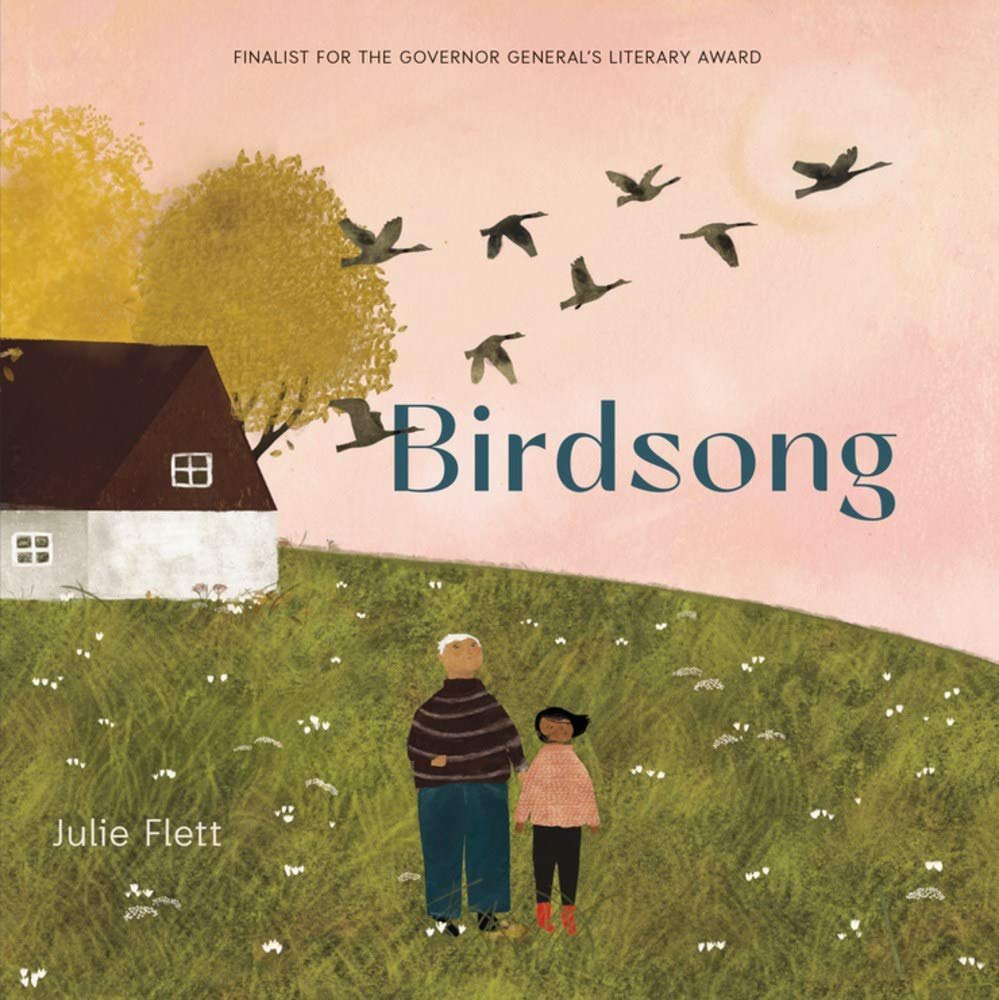Three Books on Indigenous Education
Hi all,
I hope you are hanging in during this extremely challenging and vulnerable fall. I feel so lucky to have the privilege of having my both my kids in schools where they are valued, and how little I thought about the privilege of simply having them in school before the pandemic. Here are 3 books that remind all of us about the importance of Indigenous education for all of us - settlers and Indigenous folx alike.
Amik Loves School
In this book, Amik is telling his family all about what he loves at school. He likes sharpening his pencil, he likes "learning to write big, long words." He likes thinking about what he might want to be when he grows up, like a veterinarian or an astronaut. He tells his Moshoom all about how fun it is, and asks his Moshoom what he liked about school. Moshoom tells him that he liked reading, and math, and playing with his pals, but it was very difficult, becuase he went to a residential school. Explained to children gently as a place "big and far away" where his Moshoom missed his family, speaking his language, and "smudging every morning," residential schools are integral to this story as is their settler colonial legacy. Amik has the excellent idea to bring his Moshoom to his school, where he can see that they are learning Anishnaabemowin words and smudge in the morning. Upon attending, there is a very moving scene where his Moshoom starts to cry. "Oh no, Moshoom, please don't cry," Amik says. And then Moshoom breaks the tough guise of masculinity, and explains it's good to cry, he's crying because he's happy. And then they all smudge to start the day. This lovely, skillful, gentle book so carefully distills both the history of settler colonial oppression and the healing that Indigenous transfers of knowledge to children can bring.
Johnny’s Pheasant
In this lovely and funny book, Johnny and his grandma are driving along when Johnny tells his grandma to pull over. He has seen a pheasant lying in a field. When Grandma nudges the pheasant gently with her foot, it's clear that she thinks the pheasant has had it. Johnnny wants to bring him home though, make him a nest and feed him carrots, so Grandma puts him carefully in the back of their car, telling Johnny that she thinks the pheasant has been hit by a car, and she's sorry, "but I can sure use his feather for my craftwork." When they get home, Johnny runs around happily yelling "hoot, hoot" and requests to bring him inside. Grandma agrees "just for a little while," and just when Johnny is about to gather materials for the nest, the pheasant wakes up and says "Hoot! Hoot!" It then flies around and lands on grandma's head, before they let it out the door and it flies away, leaving only a feather behind. My youngest son finds this book hilarious, and regularly asks me "Mom, did you ever think you'd have a pheasant that would fly and land on your head?" No, I never have," I tell him seriously. "But hope springs eternal!" This book is fun and funny and I personally loved watching my son run around the house shouting Hoot! Hoot! while I tried to corral him back into bed.
Birdsong
Birdsong is such a heartfelt, smart take on what it means for a child to move, to have the mind of an artist, to make a new friend who is older. My eldest son wants to be an artist, and this book gives me insight into that type of mind - what it must be like to have fingers that "itch in your mittens" with your longing to make things. This book follows a young girl named Katherena who moves to the country, away from her friends, cousins, and Aunties, away from the sea. In her new house where she lives with her mom, they bundle up together to cuddle under the covers, in their new home far from the sea. Being a single mom bundling up with your kiddo speakes to me as a mother and a daughter, and so does Agnes, Katherena's neighbour, who she begins to visit. Agnes is an artist, and she takes an interest in and nurtures Katherena. Like Katherena's mom, I too am something of a single mother, and I appreciate so much those grownups who take an interest in and nurture my kiddos. Agnes grows weaker over the winter, and Katherena feels sad that Agnes is not able to see the first snowdrops of spring. She concocts a beautiful plan to draw pictures of birds and squirrels and trees and puts them all over Agnes's walls. It is like a poem in my heart, Agnes tells Katherena. This books reminds me of all the beautiful things in this challenging world - those that have been, and those yet to come.
As always, please feel free to email if you need any suggested books on grief, on divorce, on racism, on trans/homophobia, I'm always happy to send recommendations or to speak with anyone. Anyone who would like to subscribe can do so at https://www.picturebookstogrow.com/
With thanks to my amazing research assistant Anneli Loepp Thiessen for suggesting this topic.
Until soon,
Shoshana
Shoshana Magnet
Professor
Institute of Feminist and Gender Studies
University of Ottawa


